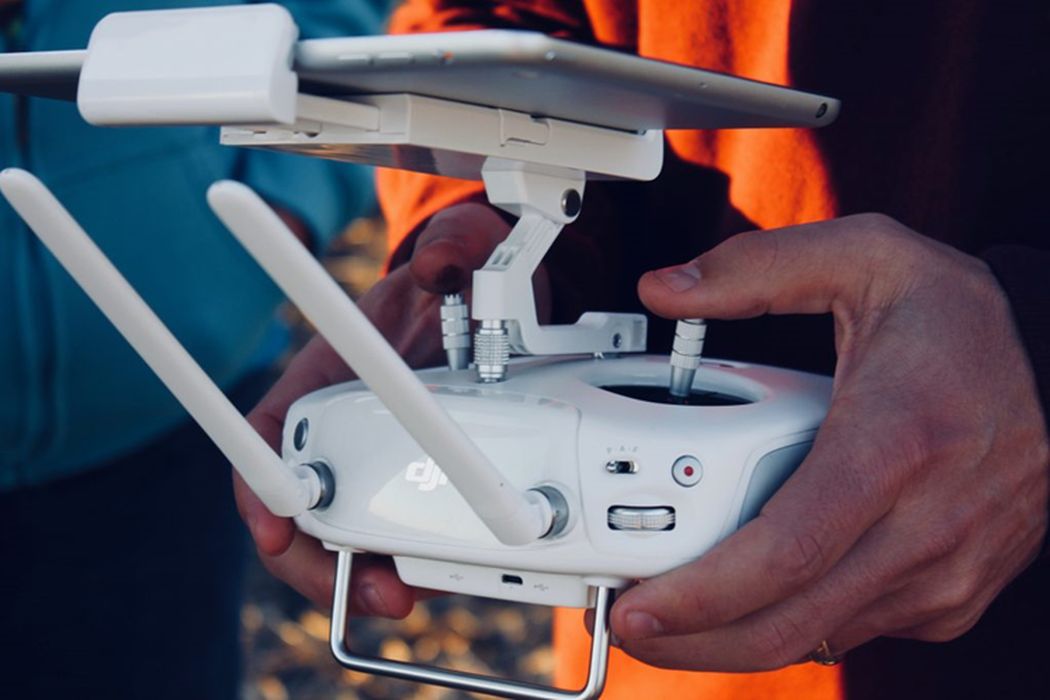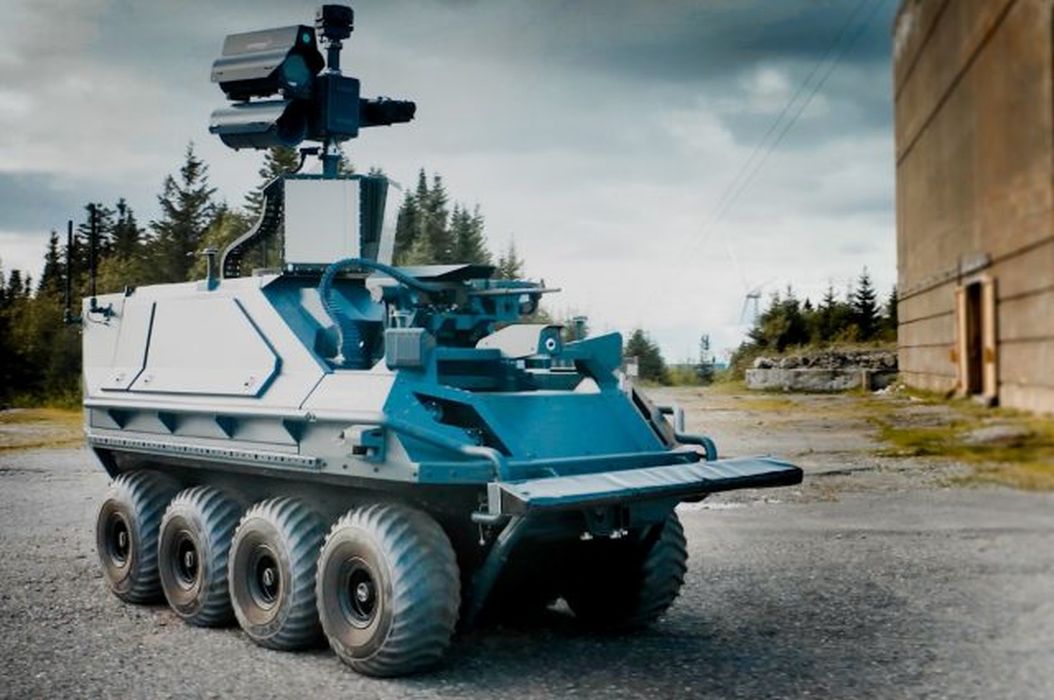
Charles R. Goulding and Preeti Sulibhavi discuss NATO’s groundbreaking Innovation Fund which aims to propel defense startups.
It has been reported that the North American Trans-Atlantic Treaty (NATO) has created a fund called the NATO Innovation Fund (NIF). It is a 1-billion-euro venture capital fund that is specifically designated to invest in defense startups that use commercial innovation to address critical defense and security challenges. In addition, the NIF will make indirect investments in deep tech funds.
While the US has not opted into the fund yet, it is the world’s first multi-sovereign venture capital fund. Currently, 23 NATO Allies, including Sweden, are limited partners in the NIF. Other countries include the UK, Denmark, Finland, Germany and Poland.
Startups and 3D Printing

Because of the quick and cost-effective nature of 3D printers, they are a great option for startups that require equipment that can fabricate objects with complex designs that are both durable and versatile. We have covered everything from 3D printing for space startups to startups involved in drone logistics.
We have even covered food startups that specialize in plant-based foods. Startups exist in every industry, but they are particularly prevalent in the aerospace and defense industries.
Aerospace/Defense and 3D Printing

The aerospace/defense industry is replete with 3D printing examples. Whether it is Rheinmetall’s use of 3D printing or how Sweden being admitted to NATO could be enhanced by 3D printing technology, we have covered it in detail.
The role of funding as well as mergers and acquisitions (M&A) transactions in the 3D printing industry is substantial. The fact that NATO has set aside funds for supporting defense start-ups is an opportunity for the 3D printing industry to have an impact.
The Research & Development Tax Credit
The now permanent Research and Development (R&D) Tax Credit is available for companies developing new or improved products, processes and/or software.
3D printing can help boost a company’s R&D Tax Credits. Wages for technical employees creating, testing and revising 3D printed prototypes can be included as a percentage of eligible time spent for the R&D Tax Credit. Similarly, when used as a method of improving a process, time spent integrating 3D printing hardware and software counts as an eligible activity. Lastly, when used for modeling and preproduction, the costs of filaments consumed during the development process may also be recovered.
Whether it is used for creating and testing prototypes or for final production, 3D printing is a great indicator that R&D Credit eligible activities are taking place. Companies implementing this technology at any point should consider taking advantage of R&D Tax Credits.
Qualifying US Startups
With sales of US$5,000,000 or less, startups can earn cash rebates of up to US$500,000 per year in payroll tax refunds.
Conclusion
NATO is branding the NIF as enabling start-ups to “put technology into action.” The hope is that pioneering technologies will be used across the Alliance. We believe this includes 3D printing technology as well.
